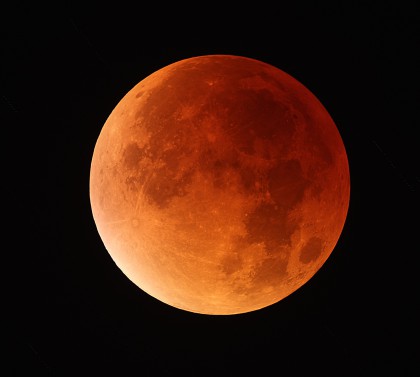Moon and a beech tree at Dunham Massey park. Canon 450D and 250mm lens at around 09:30 on 11/10/2020.
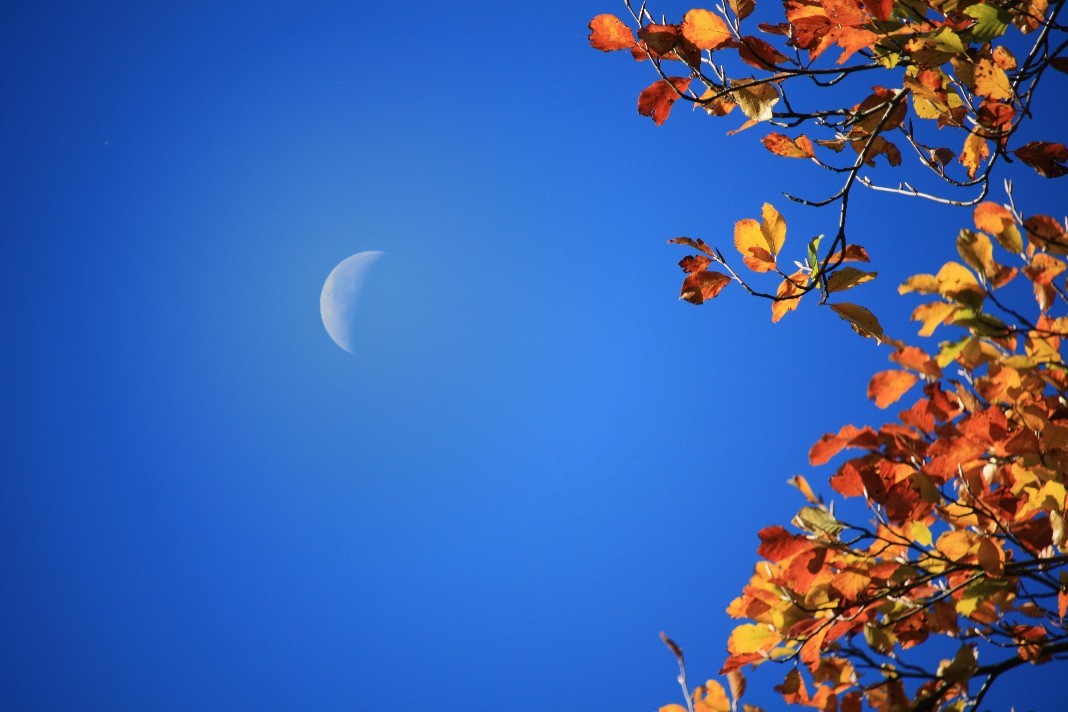
May 2020
Various images from May 2020. All with ZWO ASI 290mm and IR pass at f10
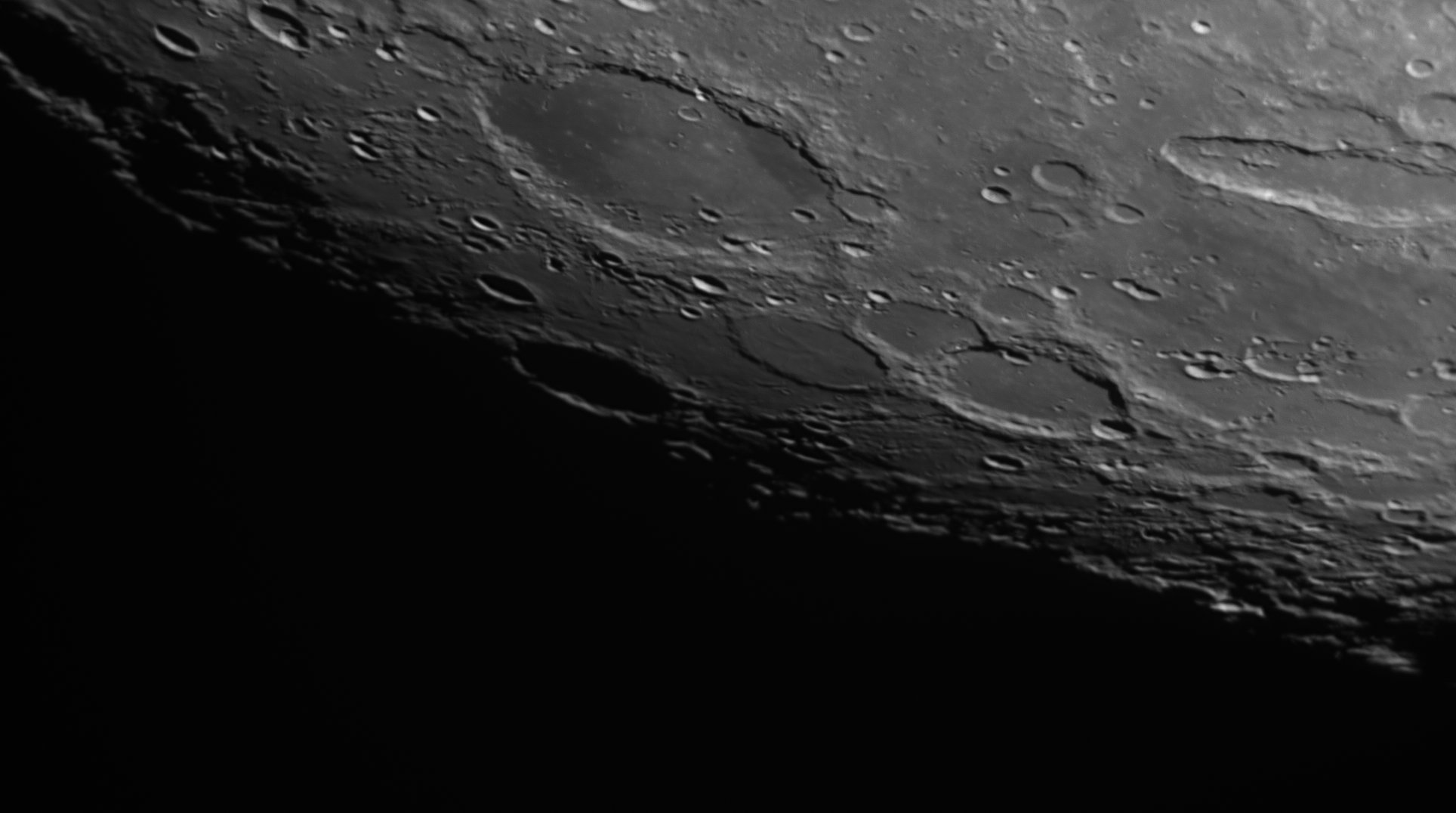
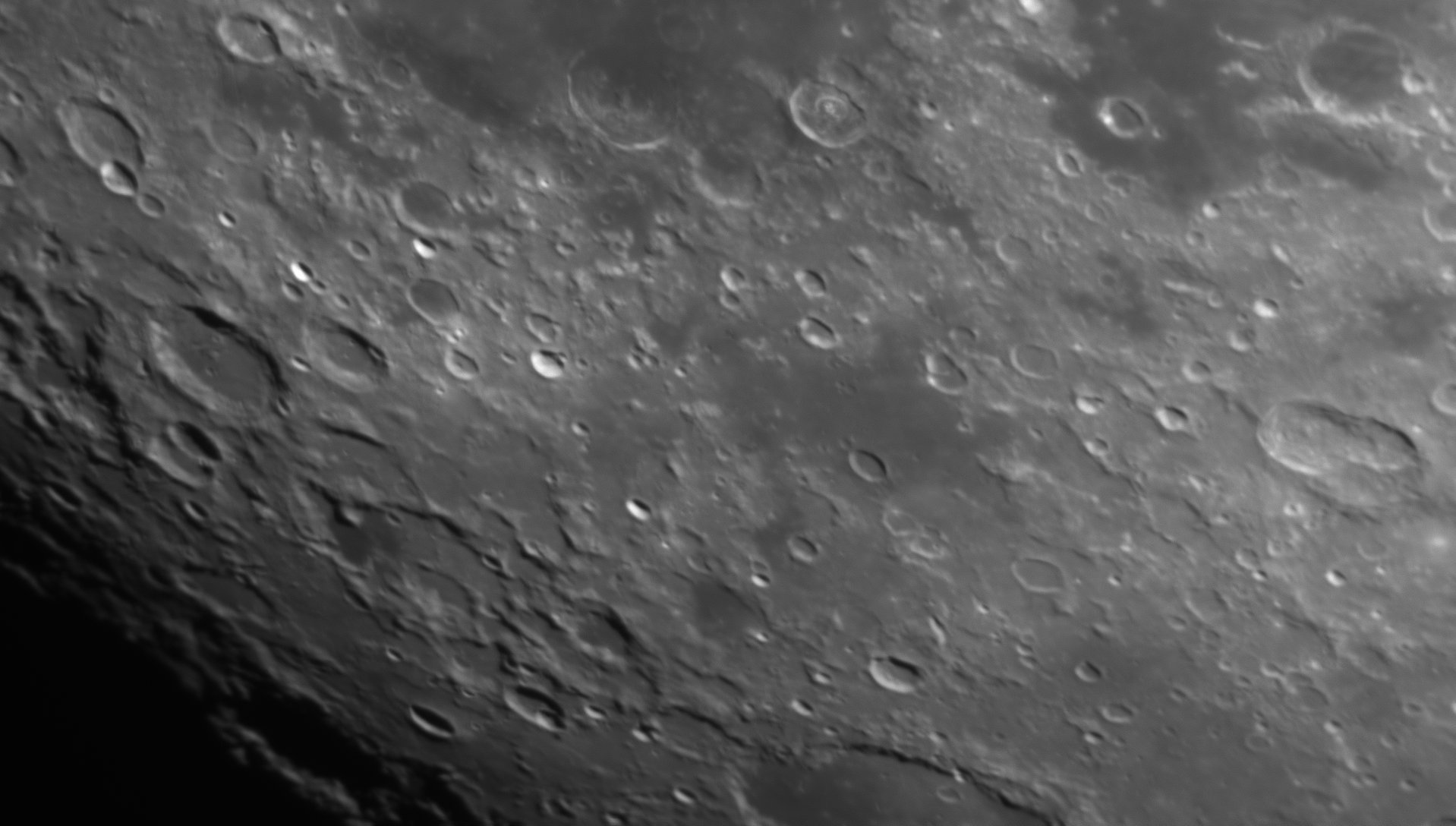
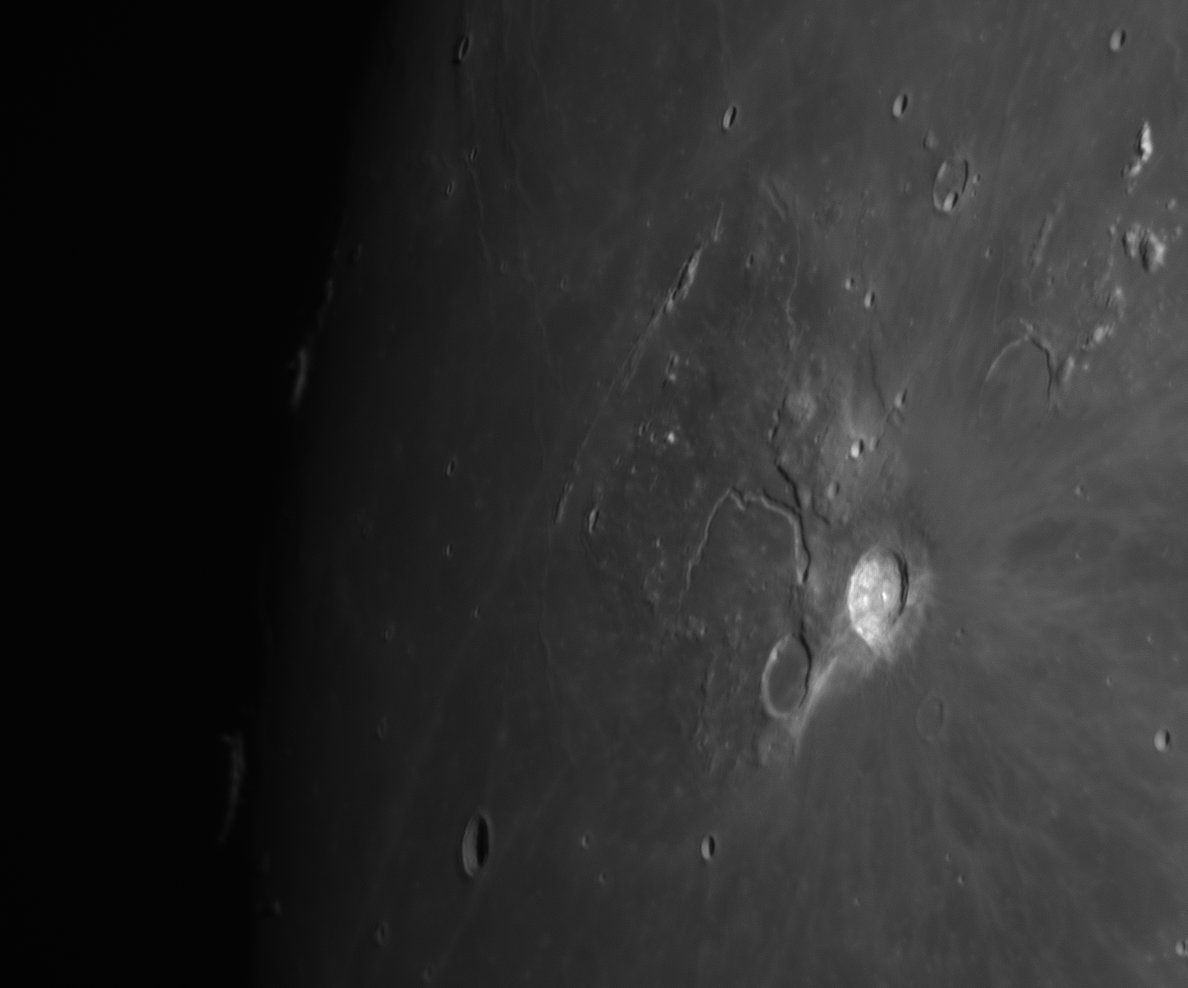
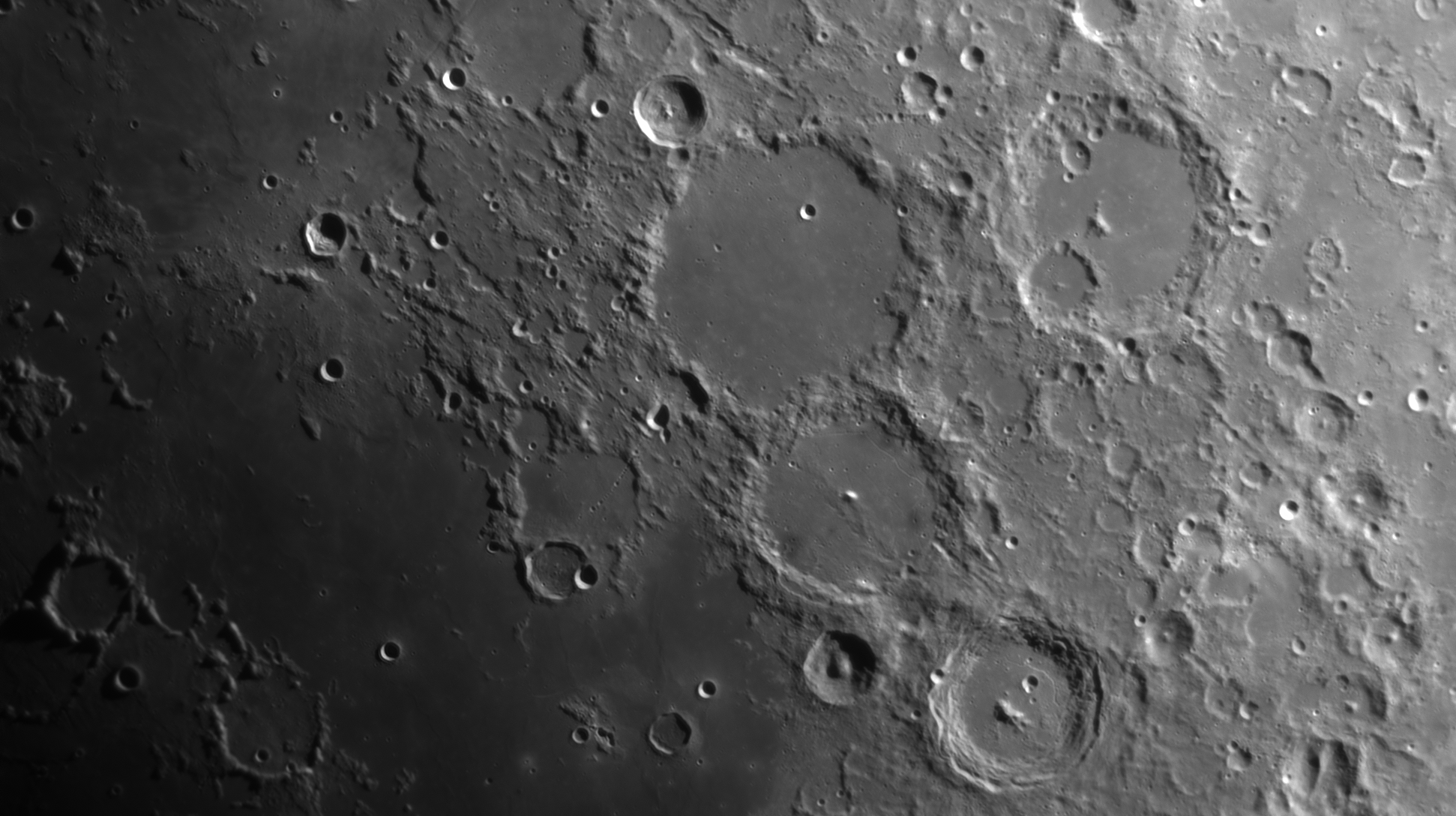
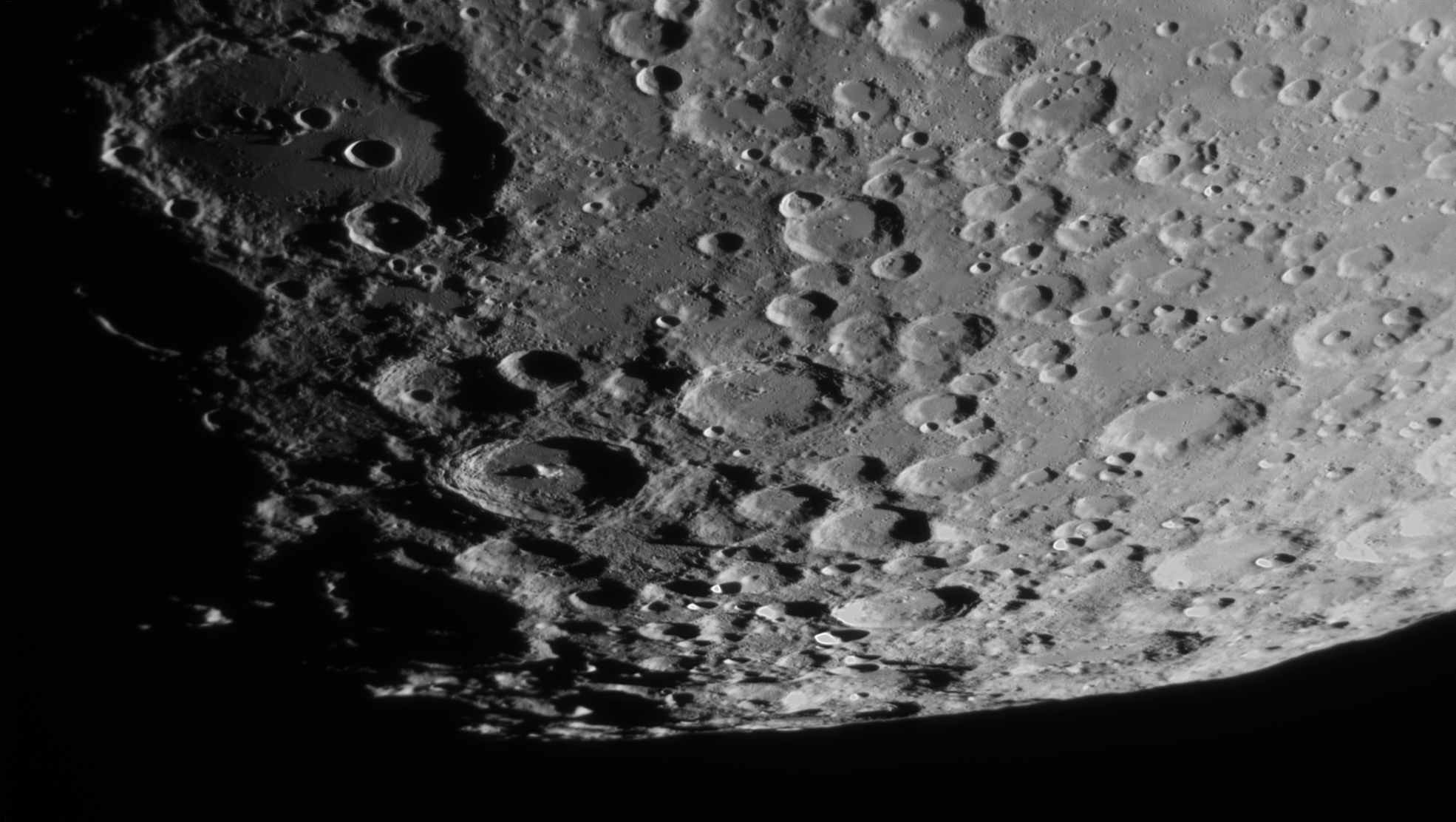
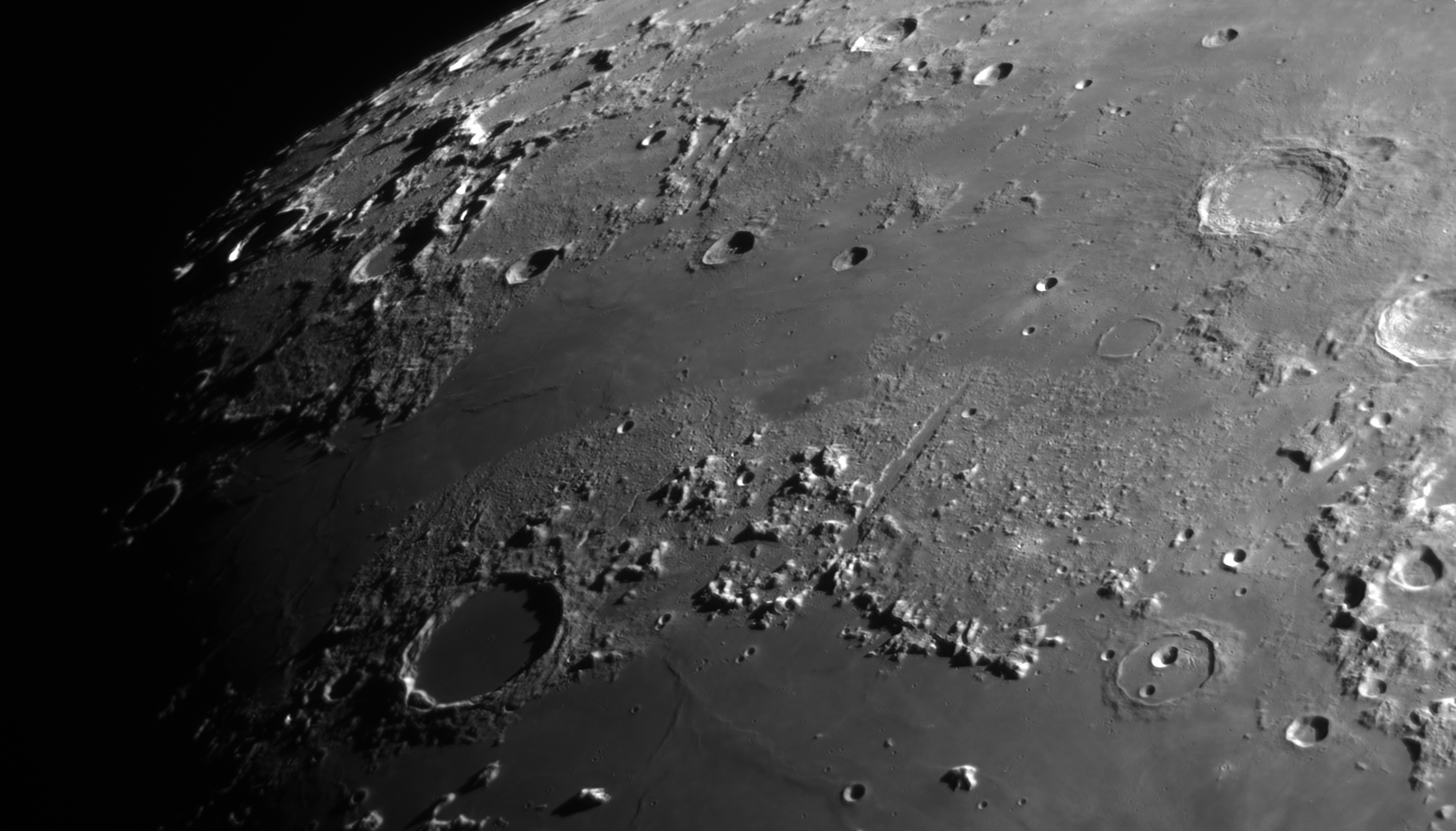
March 2020
For the last few months Venus and the moon have been putting on a good display at sunset.
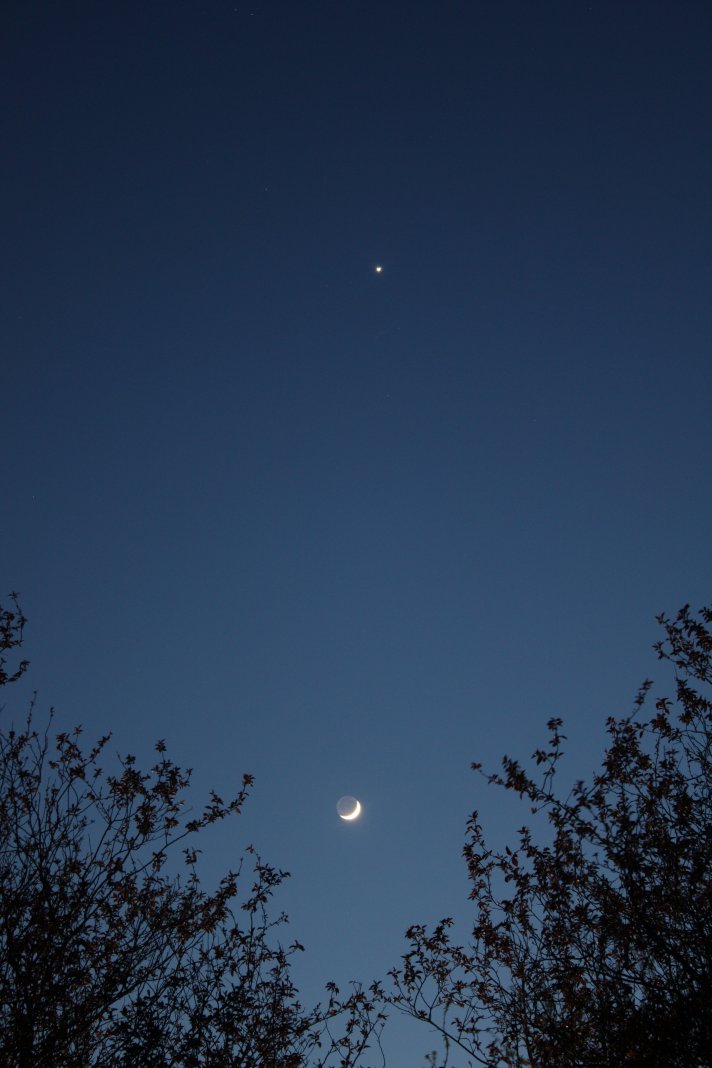
Mare Humorum
Mare Humorum using the LX200 at f10 and the ZWO290MM camera with a Baader IR pass filter on 04/04/2020.
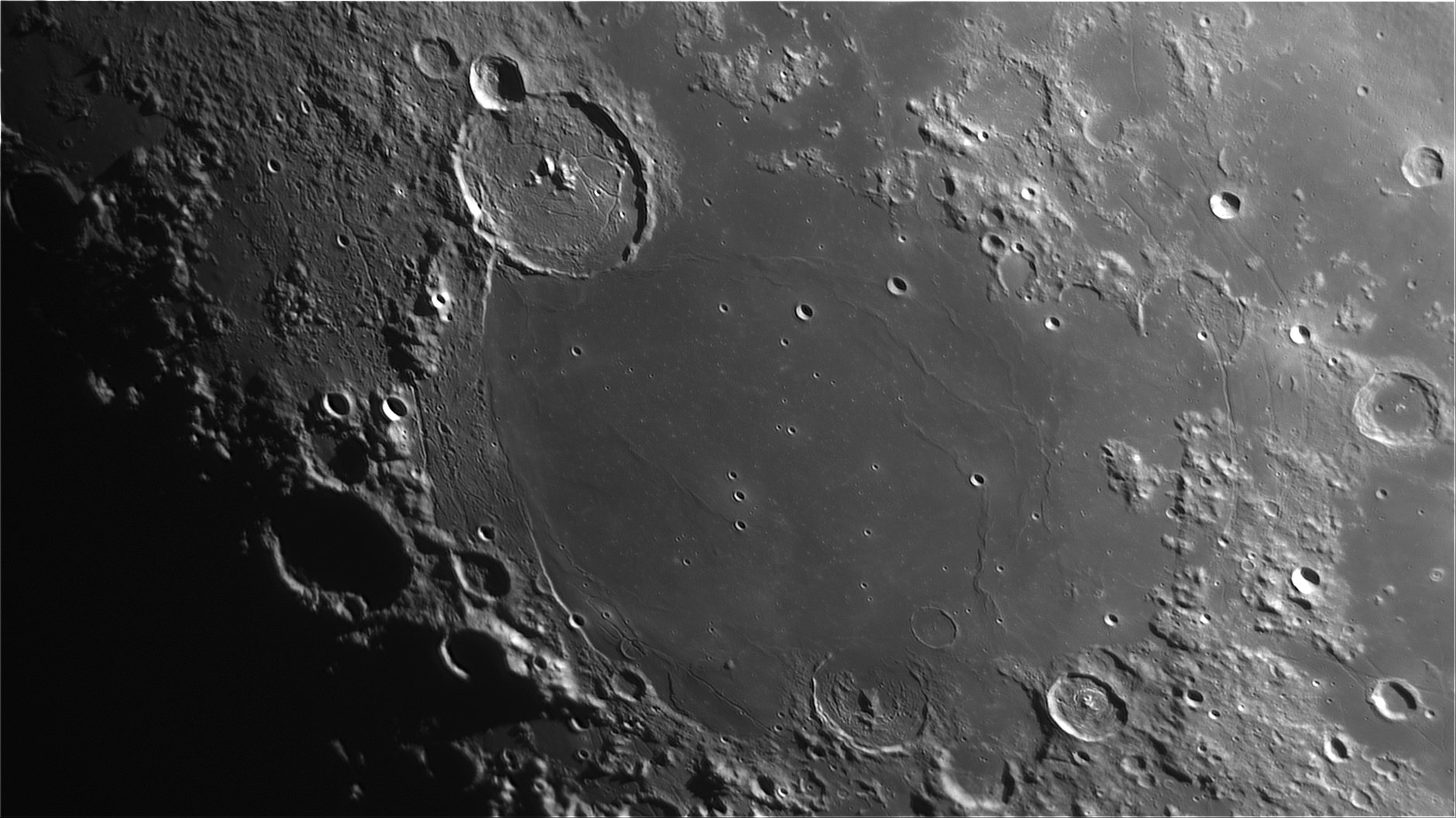
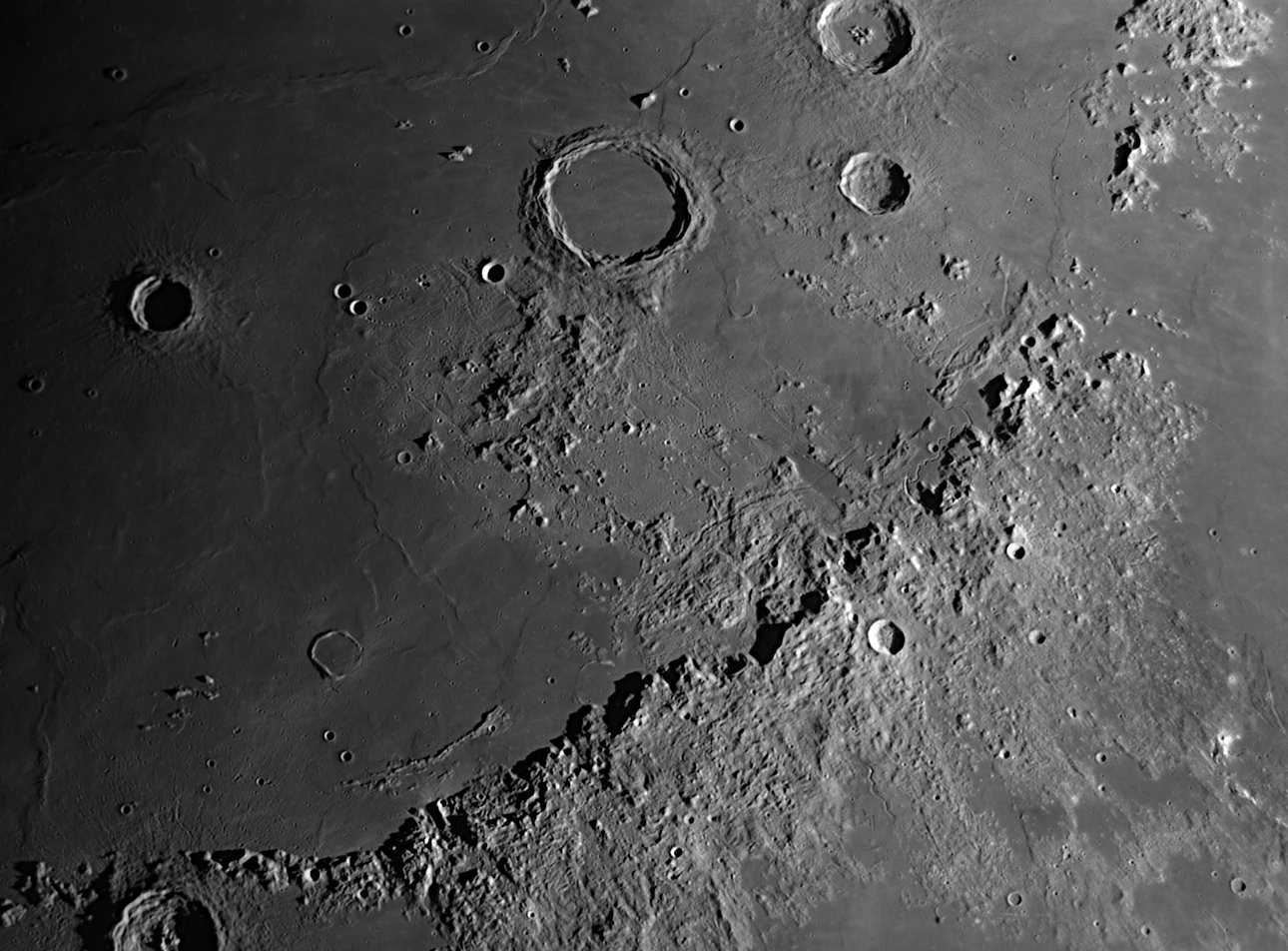
February 2020
Some good seeing on Wednesday 05/02/2020 allowed me to get these images of the moon. They were taken with the 10″ LX200 at f20 with a 1/30 second exposure on a Skyris 445M camera with a Baader red filter. The rilles on the floor of Gassendi are always a test of good seeing and they have come out well.
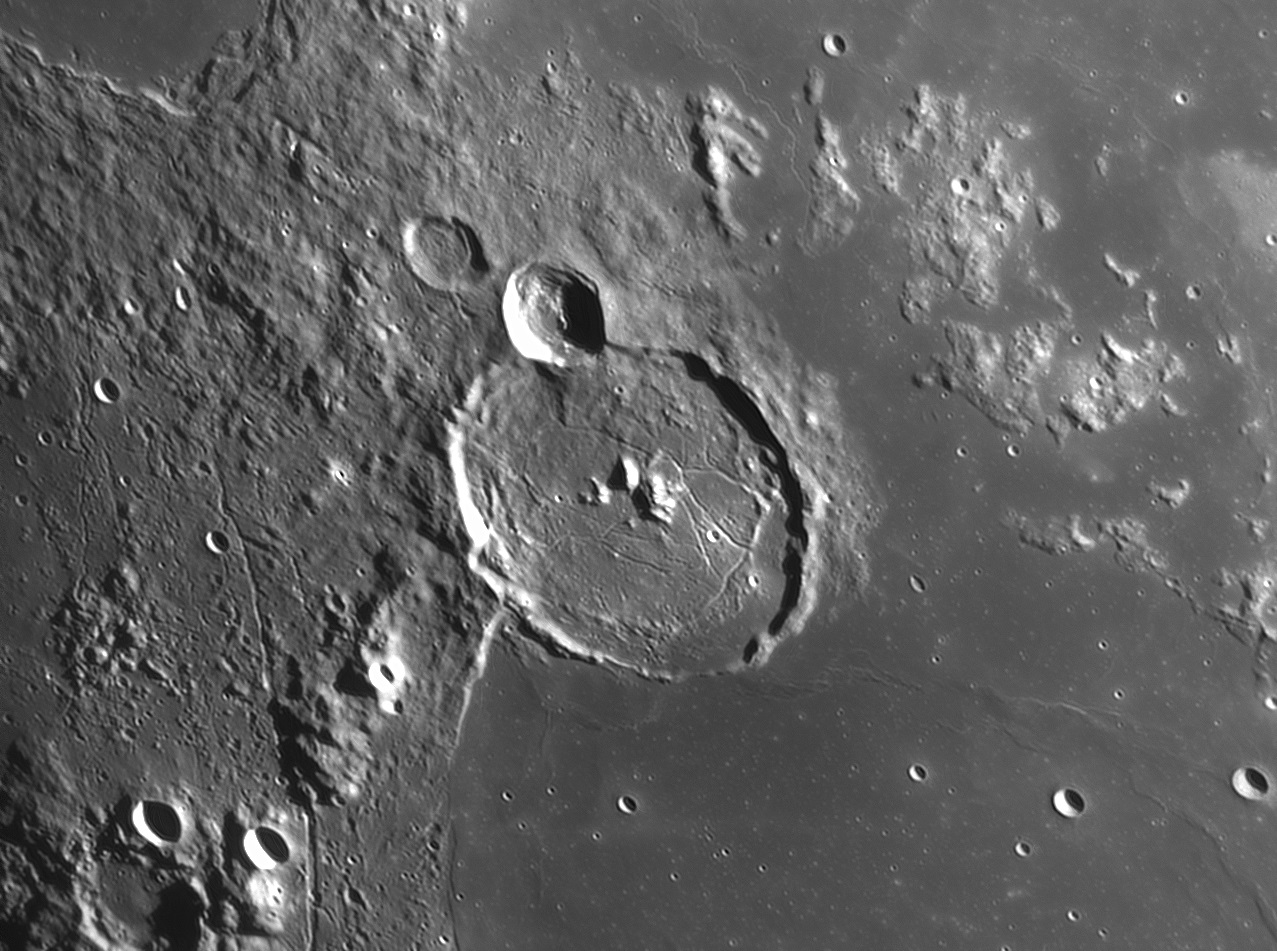
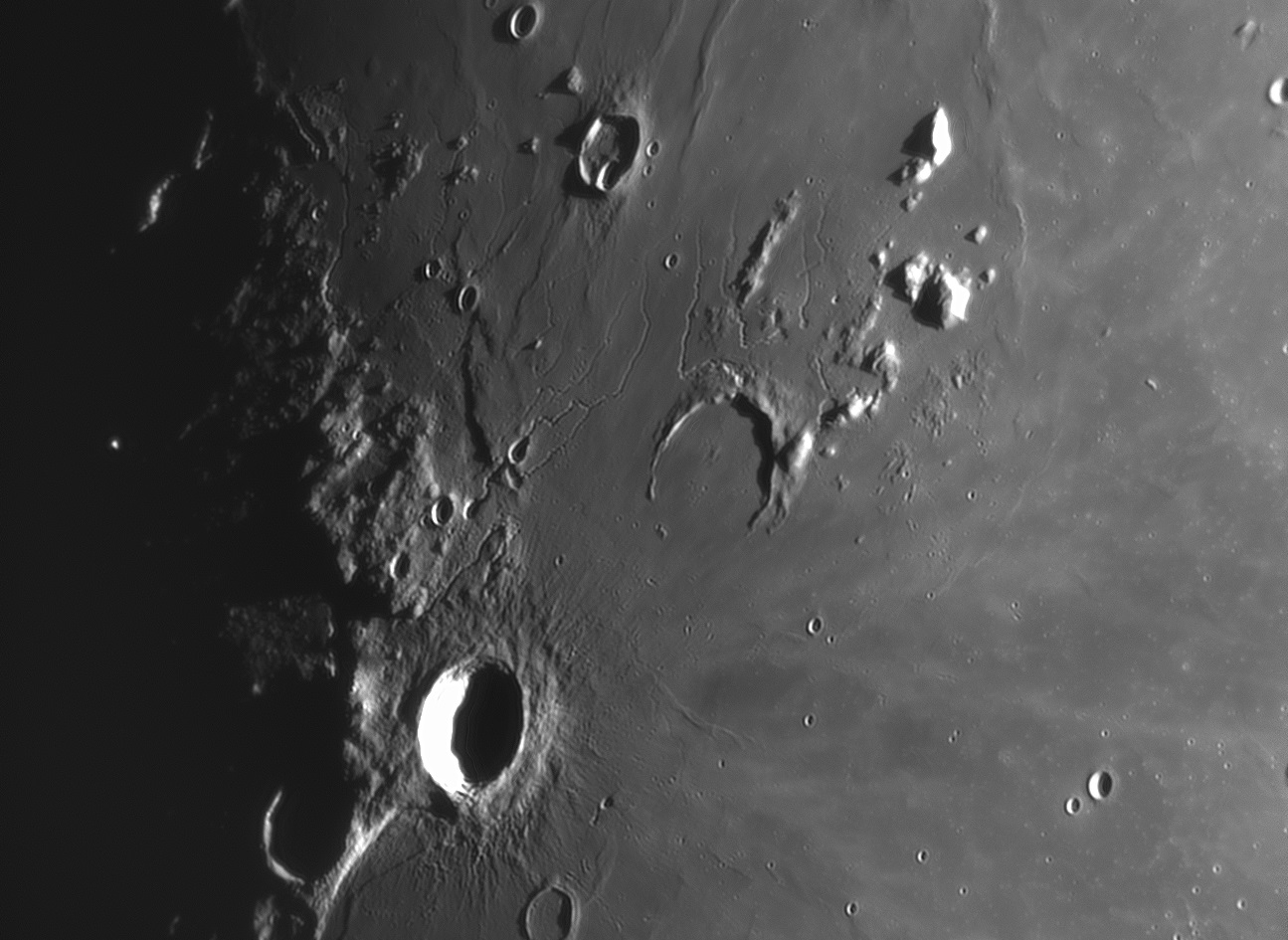
Aristotle and Eudoxus
Sam set up as for Atlas but this time better seeing.
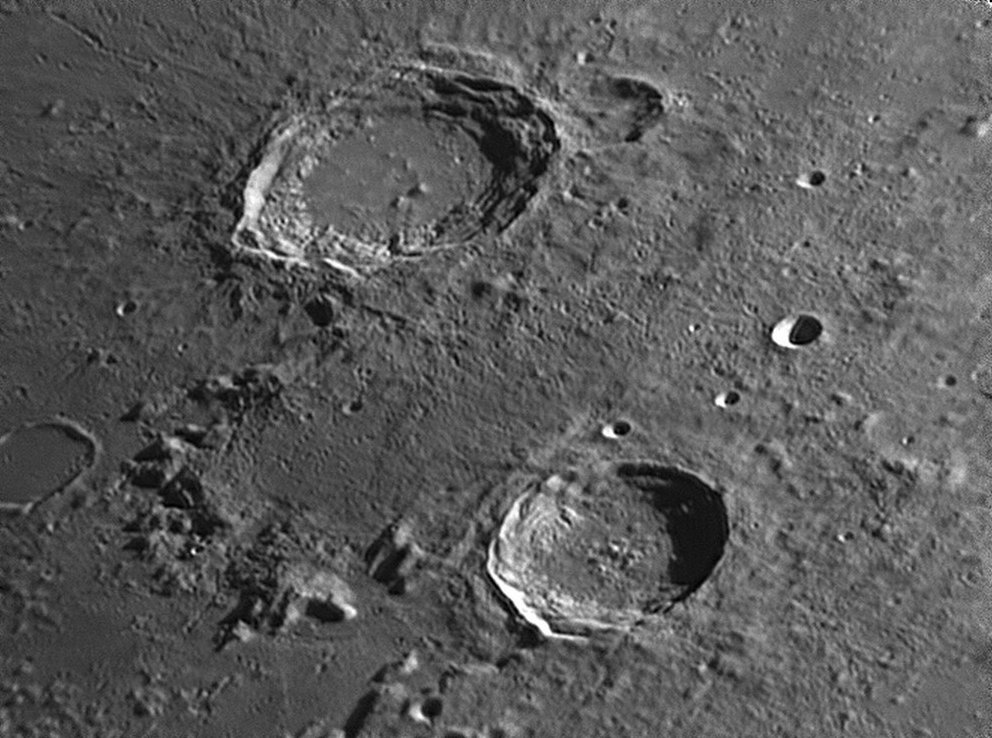
Atlas and Hercules
Image taken 19/05/2018 with the 10″ LX200, Skyris 618M camera and Baader IR filter. Seeing was not great but the IR filter does seem to produce reasonable results anyway.
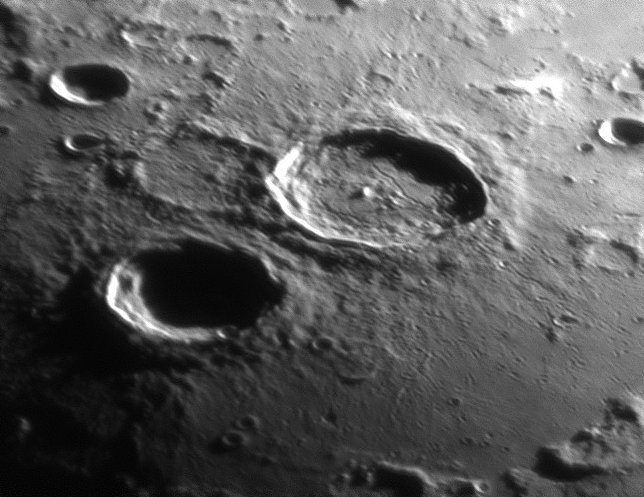
April 2018 The lunar cross
The lunar cross is an eye catching illumination effect which occurs at low sun angles. It is formed from the rims of Blanchinus, Purbach and La Caille Craters. This image was taken at 20:15 on 20/04/2018 with the LX200 10″ and Skyris 618M camera. The large crater in the lower right corner is Werner.
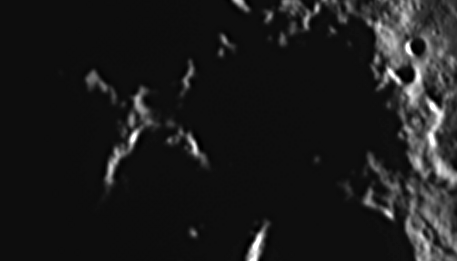
I have also written some software which uses LOLA altitude data from the NASA LROC mission to simulate the appearance of the moon at any time. The image below is a simulation of the telescope view and as can be seen it’s almost identical. The software uses the 3D topographical data from LOLA and data on the Sun and Earth direction to work out how bright each point on the moon’s surface should be. It uses ray tracing to calculate the shadows.
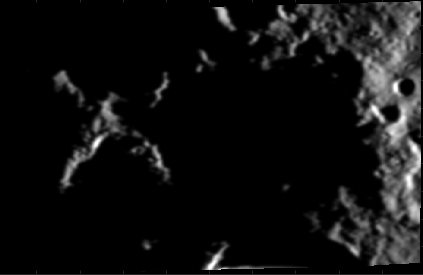
Using the same simulation method I have made a simulation of sun rise over this area. Total simulated time is about 10 hours.
March 2018
Hadley Rille with the Skyris 618, red filter and the LX200 at f20
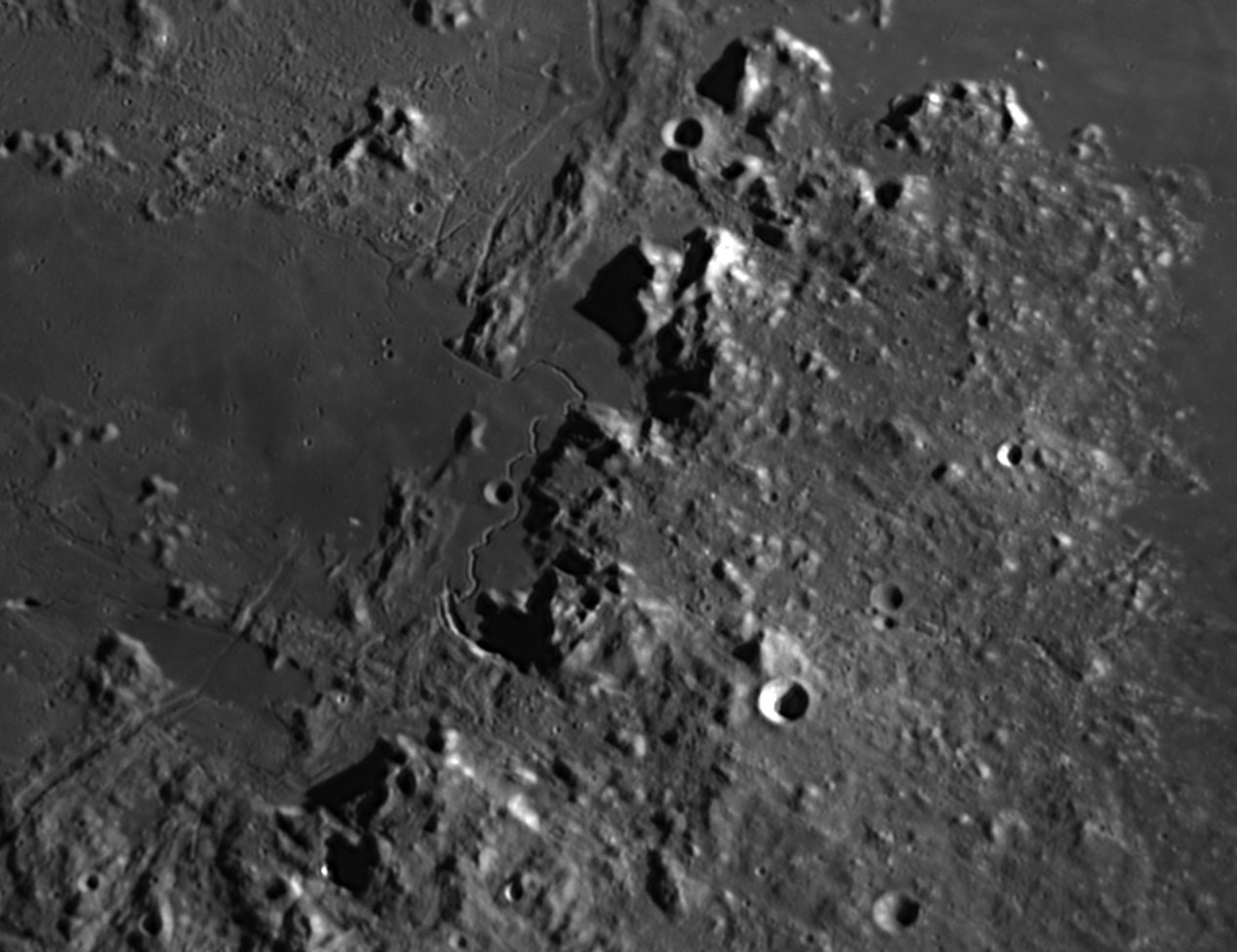
Also Alpine valley showing the inner rille
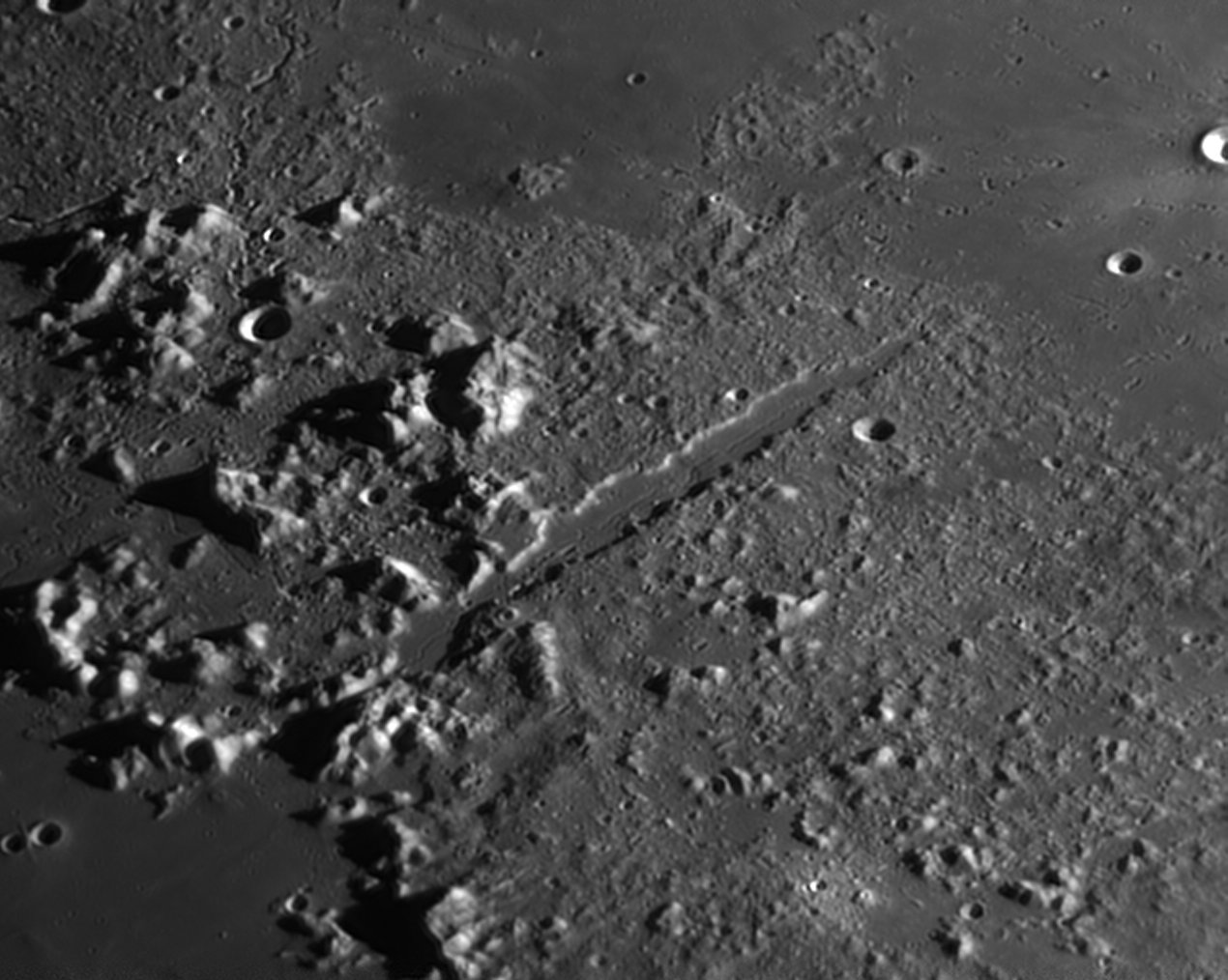
Colour saturation
Moon on 26/09/2015 using the Skywatcher 80 and Canon 450D. This is a stack of about 10 raw images, aligned in Registax 6 with colour saturation increased by about 10%. I used auto white balance on the Canon.
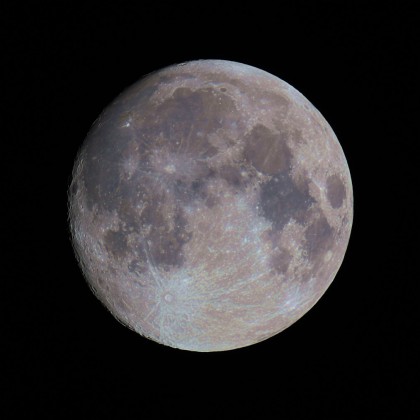
Eclipse
Amazingly it was clear for the ‘Super Moon’ total eclipse of 28/09/2015. These pictures were taken with the Skywatcher 80ED and the Canon 450D. Exposures ranged between 10 and 60 seconds at ASA200. The EQ3 mount was in lunar rate mode hence the moon is sharp but the stars are trailed. This first image used a 60 second exposure.
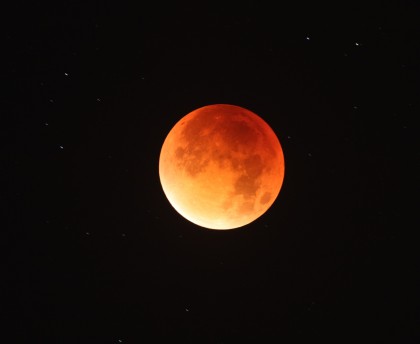
This second image has a hint of blue at the lower right corner. Apparently this is due to the ozone in the Earth’s upper atmosphere.
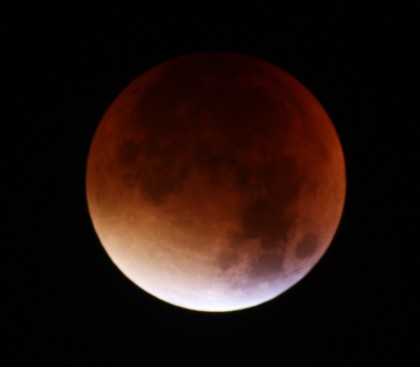
Finally a sharpened stack of about 30 x 15 second images
